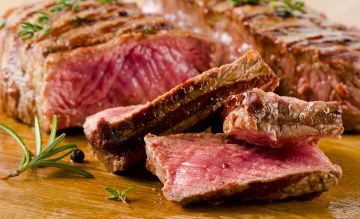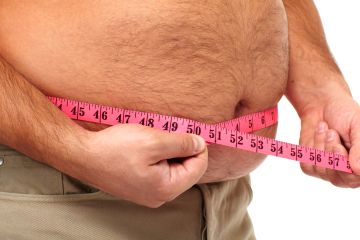Fasting has become a growing trend, whether it’s a juice cleanse or intermittent fasting, people are keen on take a break from regular meals in the name of health benefits and weight loss. Water fasting is perhaps one of the most straight-forward to attempt. All you need to do is consume water for a certain period of time and nothing else. This seems simple enough, but what does it exactly accomplish and what are the risks you might encounter?
Water fasts have been practiced for centuries. People try it out for other reasons than weight loss, such as “detoxing,” in preparation for a medical procedure, or for religious or spiritual reasons. A general overview of water fasting benefits include promoting autophagy and lowering the risk of cancer, heart disease and diabetes.
Autophagy is the body’s way of breaking down and recycling old parts of cells. It’s a vital process and can help protect your body against cancer, Alzheimer’s and heart diseases. Some studies have even show that this can help extend lifespan.
Water fasting has been found to be especially beneficial for people who are seeking to lower their blood pressure. One research involved participants undergo a 14-day supervised water fast and 82 percent of them saw their blood pressure fall to healthy levels.
People with difficulty in insulin and leptin sensitivity may also be improved by a water fast. Insulin and leptin are key hormones in the body’s metabolism. Insulin aids in the storage of nutrients from the bloodstream and leptin helps the body to feel full. The more your body is sensitive to these hormones, the more you can experience their effects.
There are several risks to be aware of if you decide to water fast. If you’re considering a water fast to lose weight, you could indeed lose weight quickly because you’re restricting your calorie intake. However, you may be losing the wrong type of weight, like water weight or muscle mass, and can easily gain it back after your fast.
You also risk dehydration even if that seems contradictory. This is because our water intake comes from foods and not just drinking water. You could also suffer from orthostatic hypo-tension, which is a decrease in blood pressure and leads to dizziness or light-headedness. You could even risk worsening existing conditions, like gout, diabetes, chronic kidney diseases and heartburn.
Before you decide to go on a water fast, make sure you don’t take it on without medical supervision if you have gout, type 1 or type 2 diabetes, chronic kidney disease, or eating disorders. Older adults, pregnant women and children should also be cautious when attempting a water fast. Another pre-fast advice is to prepare your body for going off food for some time. You can do this by eating smaller portions at each meal three to four days before you begin your water fast.

A water fast typically is for 24 to 72 hours, during which you are not allowed to eat or drink anything besides water. You can consume 2 to 3 litres of water a day during your water fast. It’s advisable you refrain from driving and operating heavy machinery or anything that requires extra physical or mental exertion during this period of fasting. As you’re only consuming water, you may feel weak or dizzy. When the fast ends, ease yourself back into eating solid foods and refrain from devouring a huge meal. Start with smaller meals until you feel more comfortable.




 Weight gain is one adverse effect. You’ve probably heard of the term “beer belly,” which is, to an extent, true. Any alcoholic beverage can cause weight gain if consumed in excess. Alcohol in relation to heart health is also vital. Moderate drinking can have great benefits, like lowering cholesterol–but only if paired with a healthy lifestyle.
Weight gain is one adverse effect. You’ve probably heard of the term “beer belly,” which is, to an extent, true. Any alcoholic beverage can cause weight gain if consumed in excess. Alcohol in relation to heart health is also vital. Moderate drinking can have great benefits, like lowering cholesterol–but only if paired with a healthy lifestyle.
 Eating in front of a screen can seem like a great way to multitask or decompress after a long day, but this habit can actually have an effect on the way you eat. According to experts, keeping your mind busy while eating can block certain signals alerting you that you’re satiated or full. You’ve probably been staring at screens the whole day anyway, so why not take 20 minutes off to just enjoy the food you have in front of you?
Eating in front of a screen can seem like a great way to multitask or decompress after a long day, but this habit can actually have an effect on the way you eat. According to experts, keeping your mind busy while eating can block certain signals alerting you that you’re satiated or full. You’ve probably been staring at screens the whole day anyway, so why not take 20 minutes off to just enjoy the food you have in front of you?

